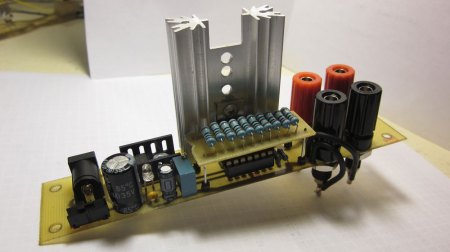We’ll admit that we haven’t been following Minecraft like we used to; its been a while since we’ve seen something amazing in Minecraft, but [eloraam]’s 6502 emulator (part of her RedPower Minecraft mod) takes the cake.
The RedPower mod adds a lot of industrial technology to Minecraft. Pumps, solar panels, and pneumatic tubes to move blocks around are the staple of this mod, but with the addition of a fully emulated 6502 computer, Minecraft moves from an anachronistic medieval-themed steampunk aesthetic to a full-on machine age, mainframes everywhere style.
The heart of the 6502 portion of the RedPower mod are three craftable blocks; a CPU, a monitor, and a disk drive. All these blocks are connected together with ribbon cables and can interact with other blocks in the Minecraft universe. The CPU is an emulated 6502, with a few instructions borrowed from the 65816 and the addition of MUL and DIV. It’s possible to program this computer in assembly, but [eloraam] a Forth interpreter with the OS to make programming a little easier.
It’s been almost two years since we first saw the beginnings of a CPU made in Minecraft, but this mod takes everything to the next level. In actuality, this isn’t very different from the game [notch] is currently working on; both feature an emulated 80’s era computer that can do all your in-game bidding. We can’t imagine anything better to get us hooked on Minecraft again, and we’ve got to commend [eloraam] for some seriously awesome work.
After the break is a 23-minute tutorial on the functions of the RedPower CPU, as demonstrated by Minecraft aficionado [direwolf20].




 Inspired by a
Inspired by a 










